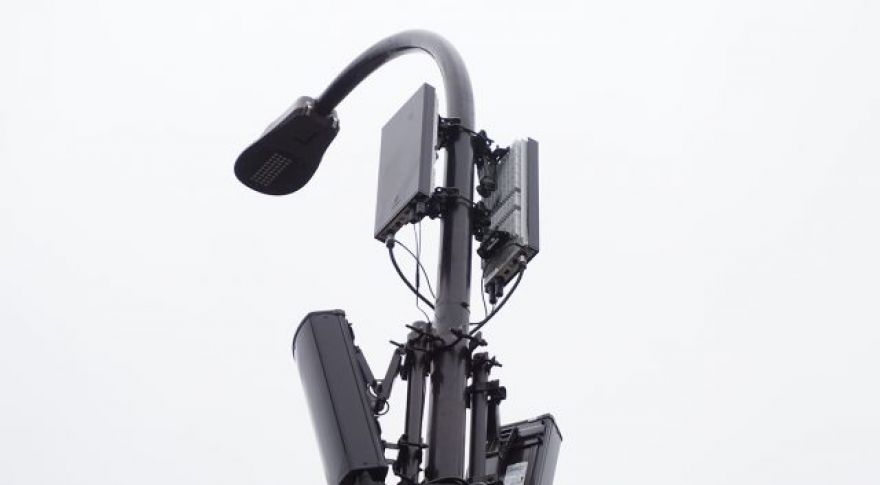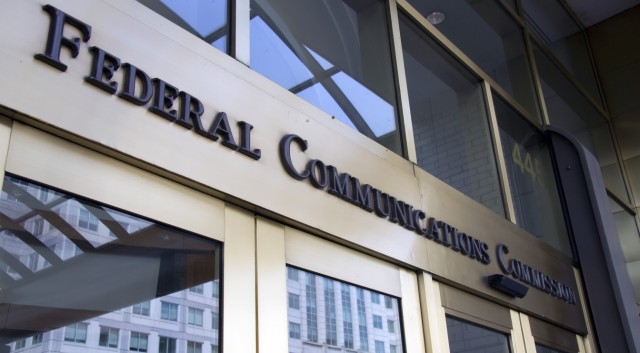
AT&T and Verizon Agree to Limit 5G Power to Resolve FAA Standoff
The 5G rollout in the US has been slow and uneven. While some countries had a wealth of mid-band spectrum to use for 5G, pickings were slim in the US. That’s why Verizon and AT&T leaned so heavily on millimeter wave (mmWave) 5G early on. Both carriers are anxious to fire up their newly acquired C-band frequencies. Unfortunately, a (FAA) delayed those plans. Now, they’ve got a plan that will allow C-band to move forward in early 2022.
According to a letter sent to acting FCC chair Jessica Rosenworcel , the parties have arrived at a compromise. AT&T and Verizon have agreed to limit the transmission power of their C-band equipment nationwide.
As wireless spectrum becomes ever more crowded, we’re learning that not all 5G is created equal. mmWave 5G operates at very high frequencies in the tens of gigahertz. These signals have high bandwidth — Verizon says its network can run at up to 2 Gbps — but the drawback is extremely poor range. C-band is lower, between three and four gigahertz. These waves used to be reserved for satellite TV, but improved efficiency means the C-band could be auctioned for 5G.

AT&T and Verizon both snagged licenses for the upper C-band at 3.7-4GHz. One of the Federal Communications Commission’s (FCC) duties is to prevent wireless interference, and it initially gave the carriers permission to start broadcasting on those frequencies on December 5th. However, this part of the C-band is adjacent to frequencies used for radio altimeters. These devices monitor altitude using radio waves between 4.2 and 4.4GHz and are essential to landing systems. The FAA was worried that signals from Verizon and AT&T networks might leak over and interfere with these vital airwaves.
The proposed limits on 5G aren’t necessarily in place forever. The carriers have pledged to keep things as they are for a period of six months, at which time regulators can evaluate any potential interference with radio altimeters. It’s unclear how much impact, if any, this change will have on coverage for the new mid-band networks. AT&T and Verizon need every bit of performance they can muster to compete with T-Mobile, which has a huge pile of mid-band spectrum from its Sprint acquisition.
Now Read: